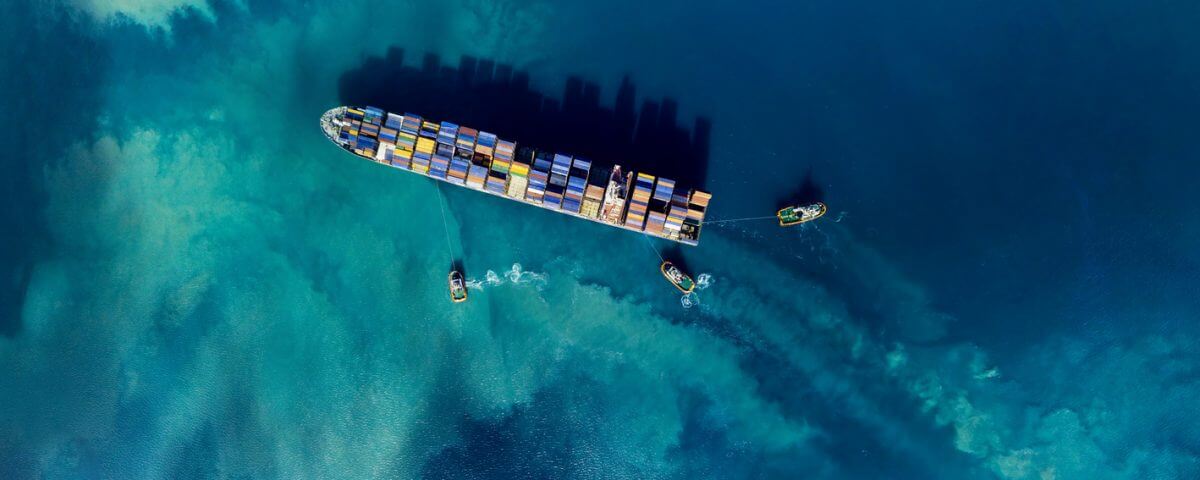
Is a Premium Transport Service Worth the Money?
February 12, 2019
Three Things to Consider When Using LTL Shipping
March 5, 2019The History of International Freight Shipping

In 2006, we celebrated the 50th anniversary of international freight shipping via the use of containers. From the very first time international container shipping was used, this method quickly grew in popularity; now only 50 years later, this method of transporting goods is now responsible for moving approximately 60% of goods shipped over the ocean.
When it came into existence, container shipping wasn’t a completely new idea. Crates similar to the containers used today had been in use for both train and horse drawn transports in Europe dating back to 1792. During WWII, the United States government used small containers to have a means of efficiently delivering and unloading supplies to troops around the world.
Early 1900’s International Freight Shipping
It wasn’t until a trucking businessman named Malcolm McLeans came around in 1955 and bought a steamship business. With the brilliant plan to transport truck trailers with their contents still inside using his newly purchased boats. He based his plan on the concept that logistics could be vastly improved through an idea coined ‘intermodalism’ in which a container with all its cargo inside could be transported without interruption through various modalities of transport (ships, rail, trucks). McLean’s smart thinking helped to simplify the global logistics system, which over the next half-century led to a complete revolution regarding international trade and cargo transport.
It was over ten years later when the ship Fairland voyaged from the United States to the Netherlands. It was carrying a massive 236 containers – marking the very first international shipping of containers. This landmark event was when the United States military was preparing for the Vietnam War. They realized they had some serious logistical challenges in getting supplies to their soldiers overseas. Of course, the US turned to container shipping to overcome their logistical nightmares during the Vietnam War.
After the Vietnam War, international shipping continued growing until it was the foundation of all global logistics operations. In 1968, 18 brand new international container shipping boats were made. This increased to 3,000 TEU’s only five years later, when Germany built its own international shipping vessels.
Current Times
By this point, an entire industry had been born, which only continued growing exponentially through the next 20 years. The modern international shipping industry is something we could not imagine living without.
